
The "Tokyo 2025 Deaflympics" will be held from November 15 to November 26, 2025 (with the soccer competition starting on the 14th). Athletes who are deaf or hard of hearing will gather from all over the world to compete in this passionate sports festival set in Tokyo.
But what exactly is the Deaflympics? Some people may be wondering about this. For those people, we will explain the history of the Deaflympics, highlight notable athletes, and introduce cheering methods you should know when watching the games.
What is the Deaflympics? A Thorough Explanation of the Differences from the Paralympics and Participation Requirements

The word "Deaflympics" is a combination of "Deaf" and "Olympics." "Deaf" means "unable to hear" in English. In other words, the Deaflympics is an international Olympic-style event held for people who are deaf or hard of hearing.
Those eligible to participate in the Deaflympics are athletes who are deaf or hard of hearing with a hearing loss of more than 55 decibels in the unaided state (without hearing aids or external parts of cochlear implants), and who are registered with their country's Deaf Sports Association. Furthermore, it is prohibited to wear hearing aids or similar devices inside the competition venue, even during practice time. This is because the Deaflympics places great importance on ensuring that athletes who are deaf or hard of hearing compete on an "equal footing."
The Deaflympics is organized by the International Committee of Sports for the Deaf. The committee was established in 1924, the year of the first Deaflympics, and since then has not only managed the Deaflympics but also held the World Deaf Championships and promoted deaf sports in various countries. Currently, there are 104 member countries.
Like the Olympics, the Deaflympics are held every four years, with both Summer and Winter Games. The first event was held in Paris, France, with 148 athletes from nine countries participating. Since then, the number of participating countries and athletes has steadily increased. At the 23rd Deaflympics held in Samsun, Turkey in 2017, a record 100 countries and about 3,100 athletes took part.
This year marks the 100th anniversary of the Deaflympics. Moreover, the commemorative event will be held in Tokyo. As this is the first time the Deaflympics will be held in Japan, excitement is expected to be high.
Background of the Deaflympics: Why It Became an Independent Event
How did the Deaflympics begin in the first place?
International Sign Language and Visual Information: Unique Rules and Event Management at the Deaflympics
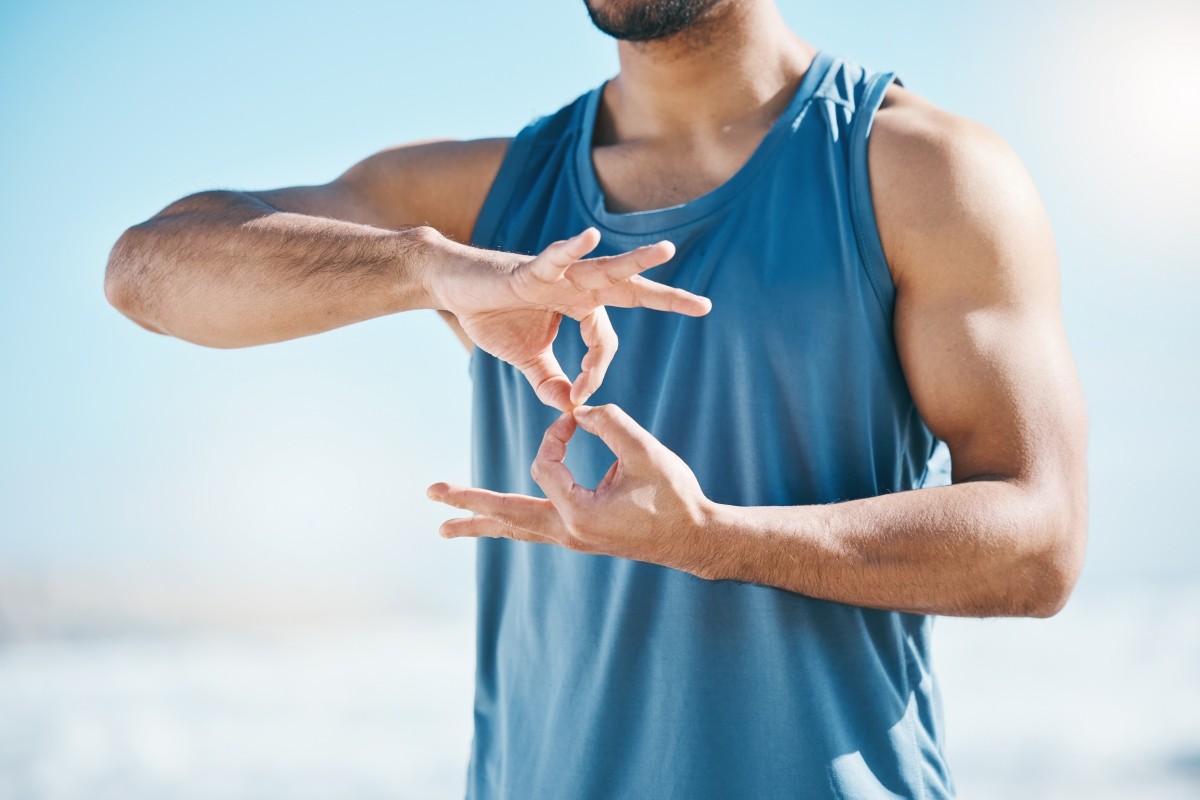
In 1989, when the International Paralympic Committee was established, the International Committee of Sports for the Deaf was also a member. However, in 1995, the International Committee of Sports for the Deaf decided to leave the organization. The reason was to pursue the unique character of the Deaflympics.
The International Committee of Sports for the Deaf pursued the following points:
- All communication at the event is conducted in International Sign Language
- Auditory cues such as starting signals and referees' calls are replaced with visual information
- Other than that, the event is operated under the same rules as the Olympics
Additionally, while the Paralympics began with a focus on rehabilitation, the Deaflympics started with an emphasis on record-setting among deaf and hard-of-hearing athletes. Incidentally, both events have now shifted to a philosophy of pursuing "excellence in competition" while recognizing the existence of disabilities.
[Sports You Watch with Your Eyes] Light and Flags as Signals! Innovations in Deaflympics Events

The biggest difference from the Olympics and Paralympics is, after all, the ingenuity put into "visual information."
For example, the starting sound in short-distance races. Deaf athletes cannot hear this, so instead, a starting lamp flashes to signal the start with light. This starting lamp is used not only in track and field, but also in basketball, handball, swimming, and various other sports.
Also, in sports like soccer and rugby, referees sometimes blow a whistle. To ensure deaf athletes notice, referees raise their hands or flags along with the whistle, providing a visual cue. Making things understandable "with the eyes" instead of "with the ears" is a major feature of the Deaflympics.
Featured Athlete! Orienteering: Yuka Tsuji Takes on the Forests of Tokyo with Map and Intelligence

Many promising athletes will participate in the Tokyo 2025 Deaflympics. Among them, this article focuses on Yuka Tsuji, an orienteering athlete. She also works as a challenged employee at JTB Corporation.
What is Orienteering? The Appeal of Racing through Nature with a Map and Compass
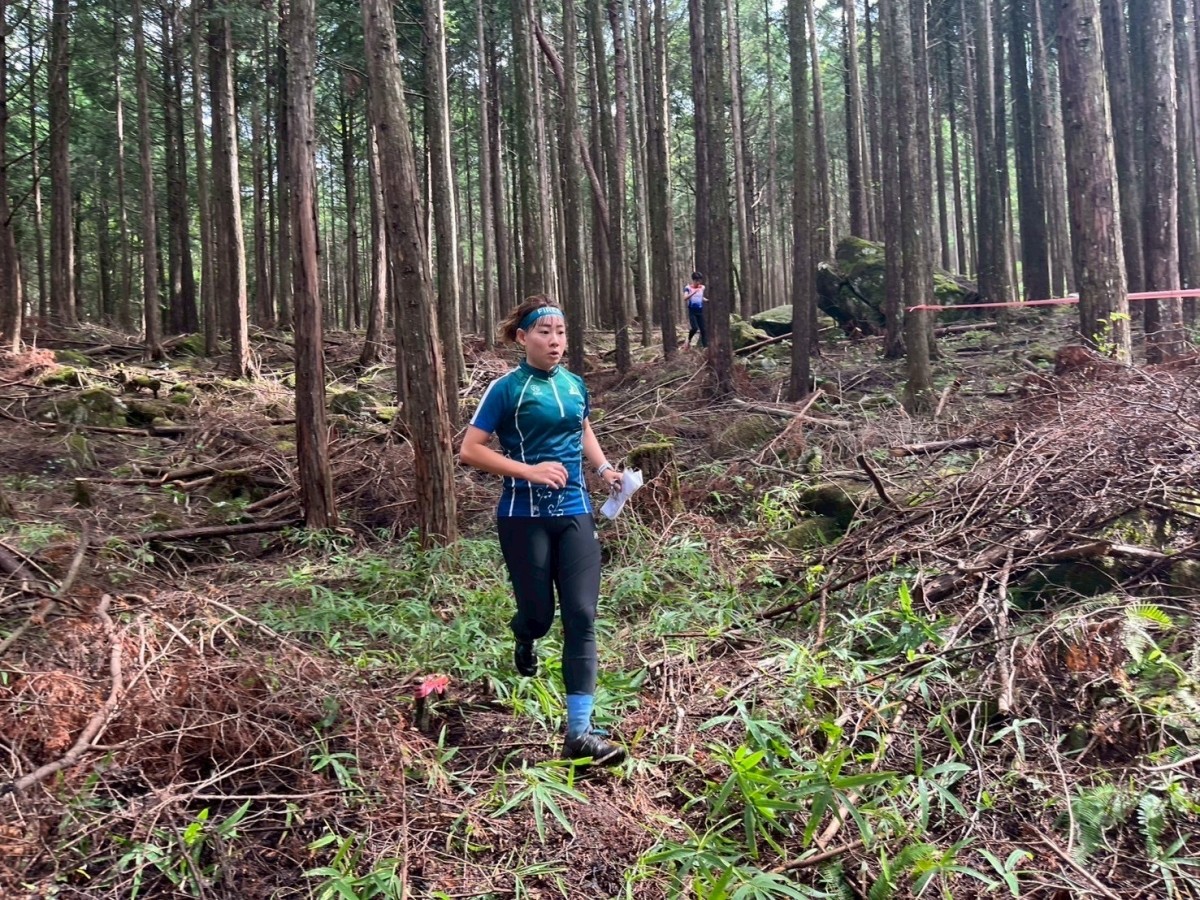
There are probably many people who are not familiar with this sport. What kind of competition is it? Tsuji explains as follows:
"Using a map and compass, you run through fields such as forests and parks, aiming for the goal while passing through checkpoints in order. Not only physical strength, but also the ability to constantly read the terrain and think of the optimal route is required."
The fact that the field is in the great outdoors alone shows how tough this sport is. In fact, Tsuji herself says there was a time when she almost gave up.
"It was when I participated in a B-class (intermediate level) competition held on Izu Oshima. Right before the finish, I lost my way and was disqualified for running out of time. In swimming, which I did until I was 20, there was a clear flow from the start to touching the goal. In orienteering, you have to go through all the checkpoints and finish within the time limit. On top of that, you have to plan the entire route yourself. Facing that big difference, I felt broken at that moment."
Setbacks and Inspiration: Why Tsuji Was Drawn to Orienteering
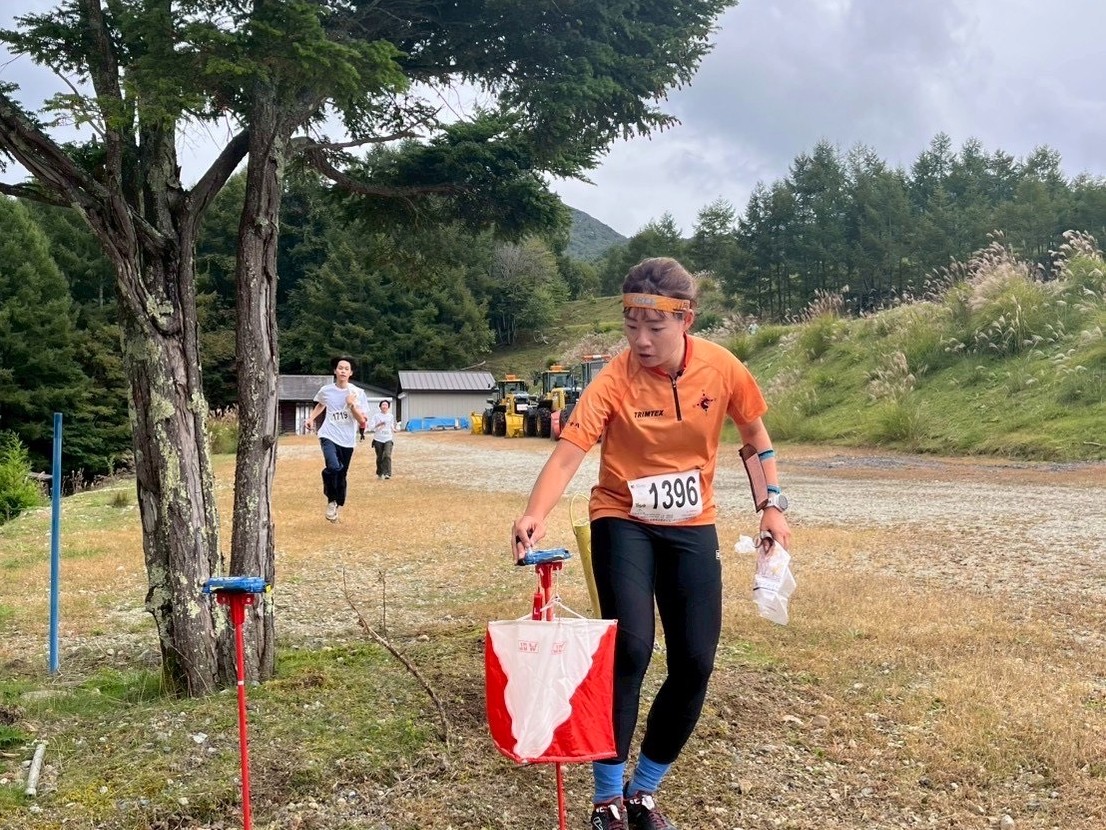
How did Ms. Tsuji first encounter such a demanding sport?
“I had been hiking and trail running for some time, and a friend who saw me suggested, ‘You might be suited for orienteering.’ At first, I didn’t pay much attention, but out of curiosity, I decided to give it a try.”
Once she entered the world of orienteering, Ms. Tsuji was deeply moved.
“Watching the athletes run with all their might, even when they were covered in mud from the rain, I was touched by how seriously they dedicated themselves to this sport. There was a level of passion I hadn’t really seen in trail running, and I was very drawn to it.”
After a year of serious training, Ms. Tsuji placed in a domestic competition and became even more captivated by orienteering.
Burning for Revenge! Challenge and Determination for the Tokyo 2025 Deaflympics
With the Tokyo 2025 Deaflympics fast approaching, Ms. Tsuji’s fighting spirit grows stronger every day.
“Izu Oshima, one of the venues for the Tokyo 2025 Deaflympics, is said to be one of the most challenging competition sites in Japan. In a typical forest, you can clearly see ridges and valleys, but Izu Oshima is characterized by subtle landforms like the Ura Desert, making it extremely difficult to know your position. It’s also a place where I once experienced failure, so I’m fired up for revenge.”
As a rising female orienteer, what kind of performance will Ms. Tsuji show at the Deaflympics in Tokyo? Expectations are already running high.
[Sign Yell] “Cheering with Your Eyes” — Let’s Learn the Sign Yell Based on Japanese Sign Language!
For many people, this will be their first time watching the Deaflympics. There is a new way to cheer that we hope everyone will remember. That is the “Sign Yell.”
Generally, cheering at sports events relies mostly on sound. However, that doesn’t reach deaf athletes. That’s why the “Sign Yell” was developed. It was created based on the bodily sensations of people who perceive the world visually and Japanese Sign Language. Developed by a team centered on deaf individuals together with deaf athletes, it is sure to convey your feelings to the athletes during the event. Take this opportunity to learn it.
*The names such as “Go!” do not directly represent the meaning in Japanese Sign Language.
“GO!” — The Sign for “Hurray!”
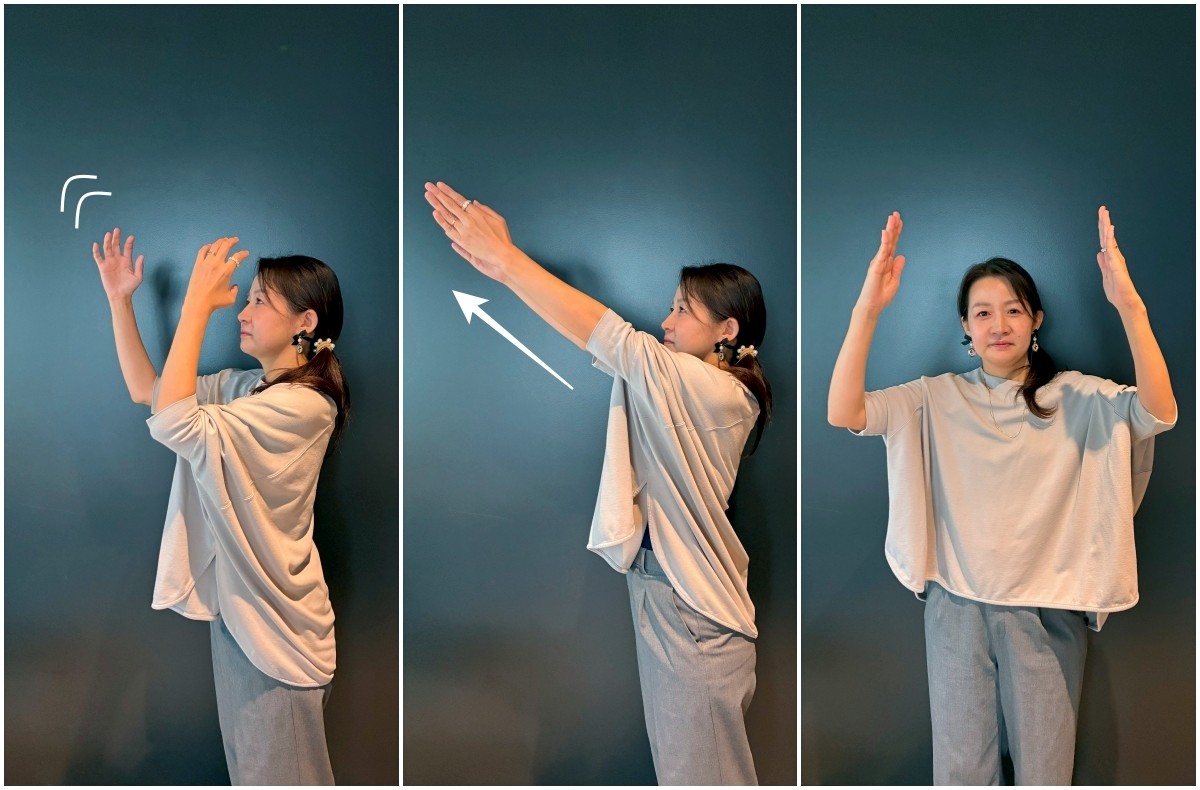
- Wave both hands widely two or three times next to your head. This is the sign for “applause” in sign language.
- Then, thrust both hands forward energetically.
The Sign for “Grab the Medal!”
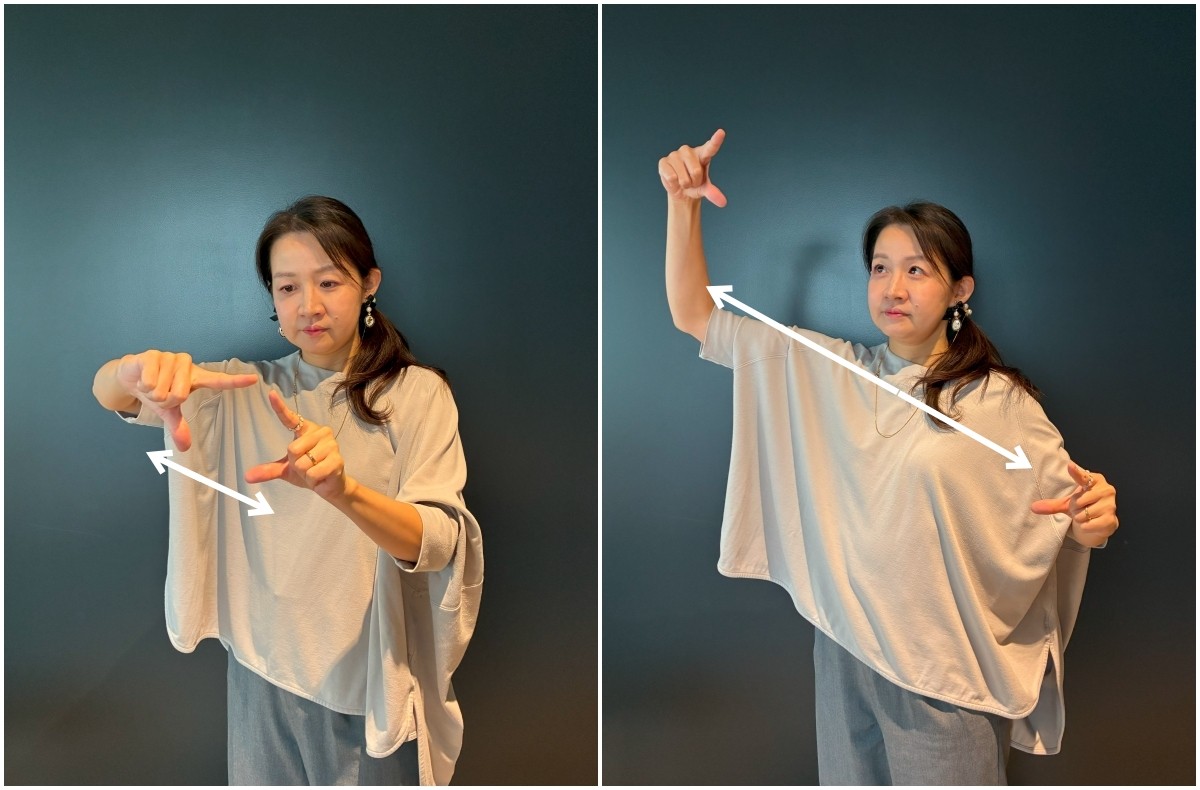
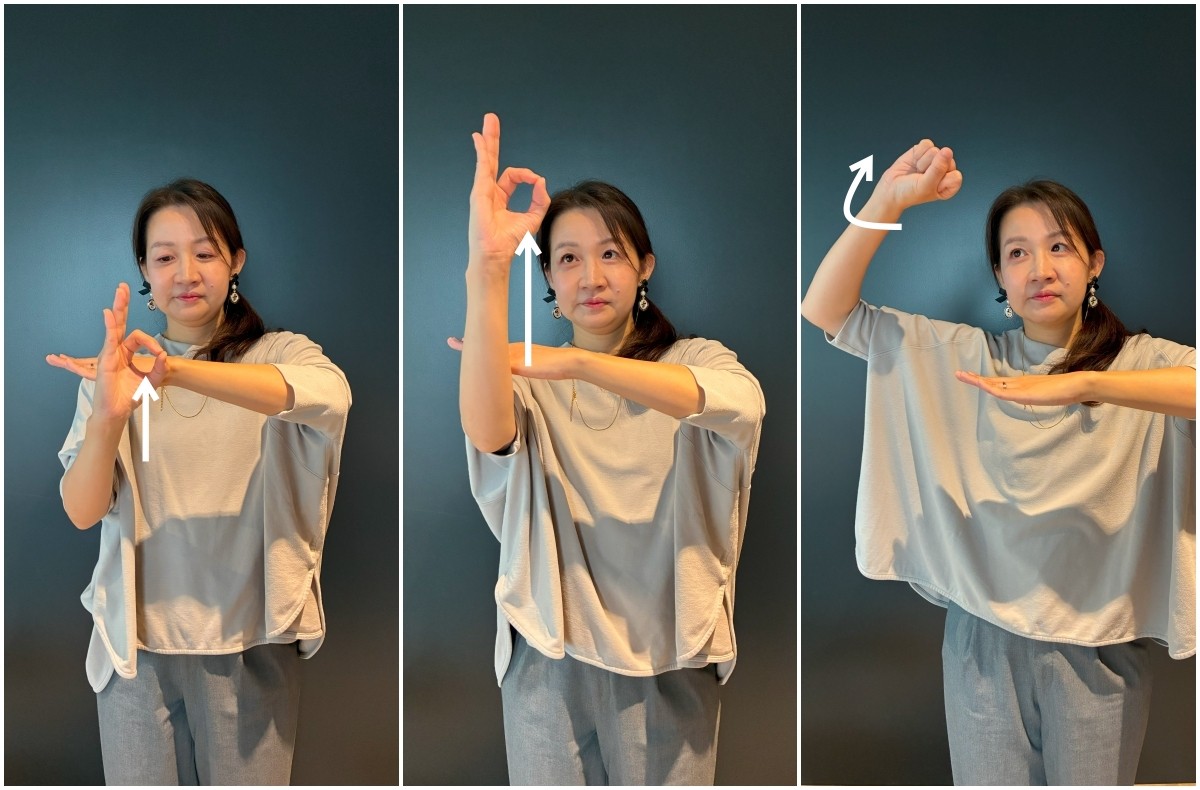
- In front of your chest, make a diamond shape with your thumbs and index fingers, then spread it diagonally up and down. This represents the Japanese archipelago.
- With your left arm raised to your chest and your right hand forming a circle, raise your right hand while fluttering it upward like a firework. This represents the sun rising from the earth.
- With your right hand still in a circle, make a fist and swing it down diagonally to the left. This represents grabbing the medal.
Tsuji’s “Sign Name”
Deaf and hard-of-hearing individuals have something called a "sign name." This is similar to a nickname in spoken Japanese, where a particular character from the person's name is emphasized or a unique characteristic is highlighted, making it easier to refer to a specific individual.
Each Deaf athlete also has their own sign name. Here, let's remember the sign name for Tsujii.
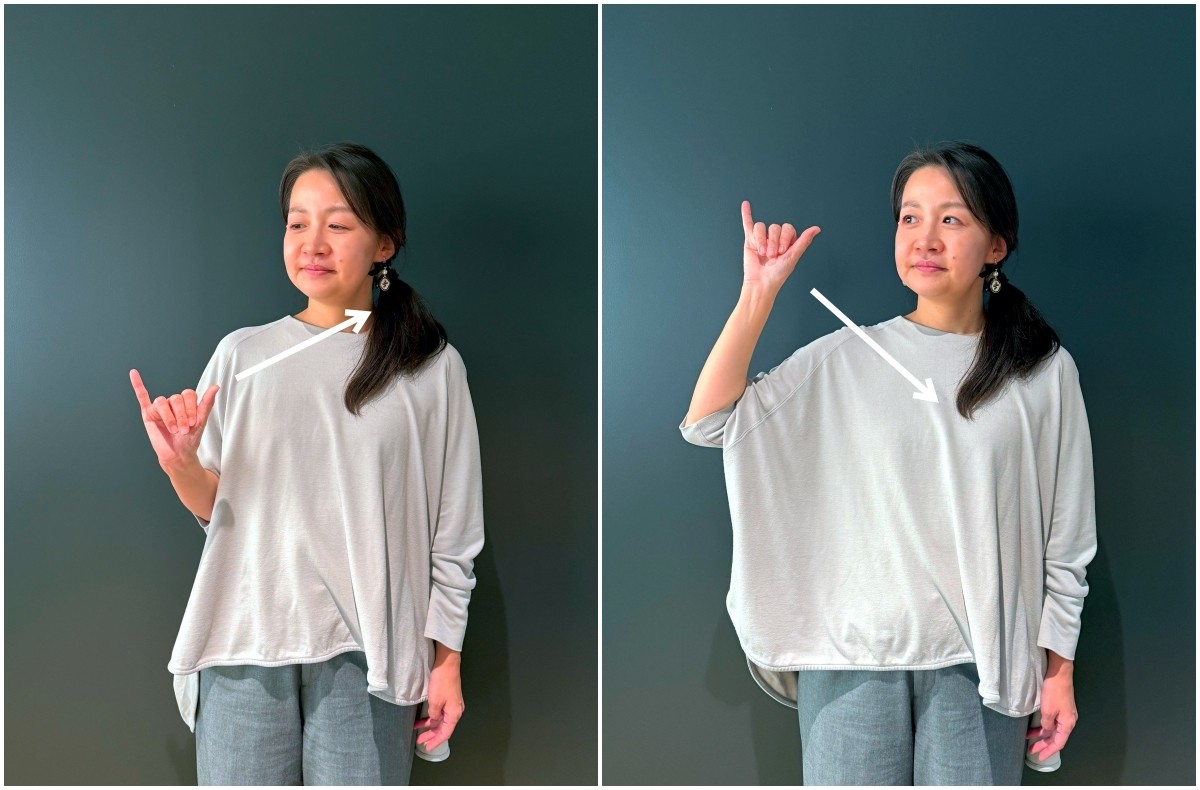
- Extend your thumb and pinky finger to make the "Y" sign in the alphabet.
- Move this sign in an arc (like a mountain) from the inside to the outside. Imagine the "Y" climbing a mountain.
This sign name uses the "Y" from the alphabet to represent the "Yu" in Tsujii's first name "Yuka," and combines it with her hobby of mountain climbing. If you see Tsujii, try using this sign name to show your support.
Check Out Other "Sign Cheers" Too
Sports TOKYO Information's official YouTube channel also has videos available.
In addition to "GO!" and "Grab the Medal!" there are other sign cheers, so it is recommended to check them out and practice before the event.
Tips for Spectating! Highlights to Enhance Your Experience at the Deaflympics

Hearing plays an important role in maintaining the body's balance, so it is extremely important in sports. Even so, Deaf athletes who cannot hear or have difficulty hearing will show remarkable performances regardless. What stands out is that each athlete has continued to make tremendous efforts. When you see an athlete running confidently on the wide track, you may catch a glimpse of the hard work behind their achievements.
In team sports such as soccer, basketball, and volleyball, athletes usually call out to each other. However, Deaf athletes cannot communicate using their voices. So, what do they do? They signal to their teammates with eye contact, or communicate using sign language or hand signals. Observing this, you might notice, "Oh, they just signaled for a pass!" and gain a better understanding of how people who rely on visual cues perceive the world.
[Free Admission] Tokyo 2025 Deaflympics Spectator Information and Official Website
The Tokyo 2025 Deaflympics does not require advance registration, and anyone can attend for free. The competition schedule and opening times have already been announced, so be sure to secure your schedule and come cheer on the Deaf athletes as they compete passionately.
Tokyo 2025 Deaflympics Official Website 👉 here
Source:
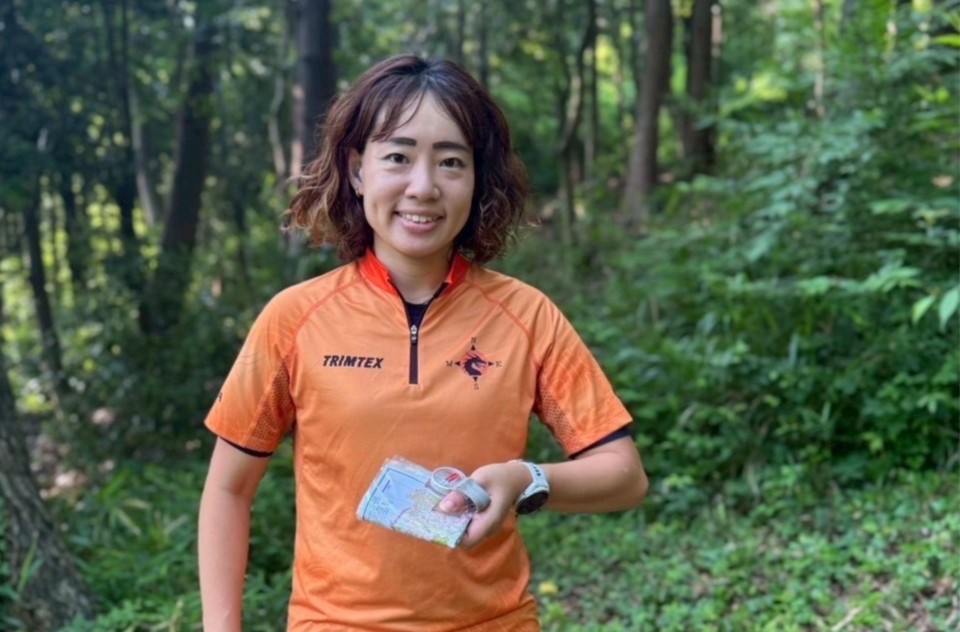

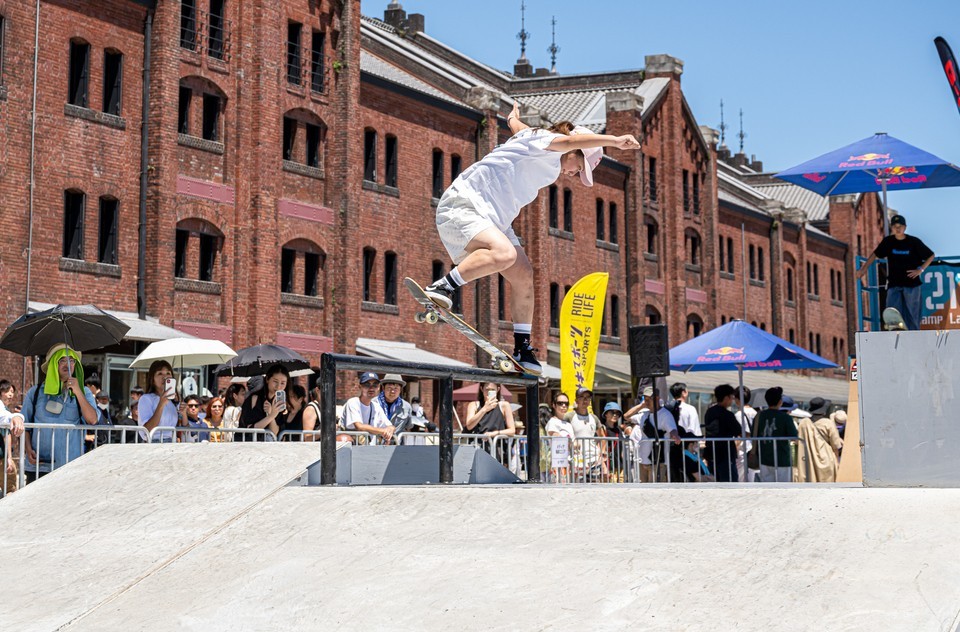

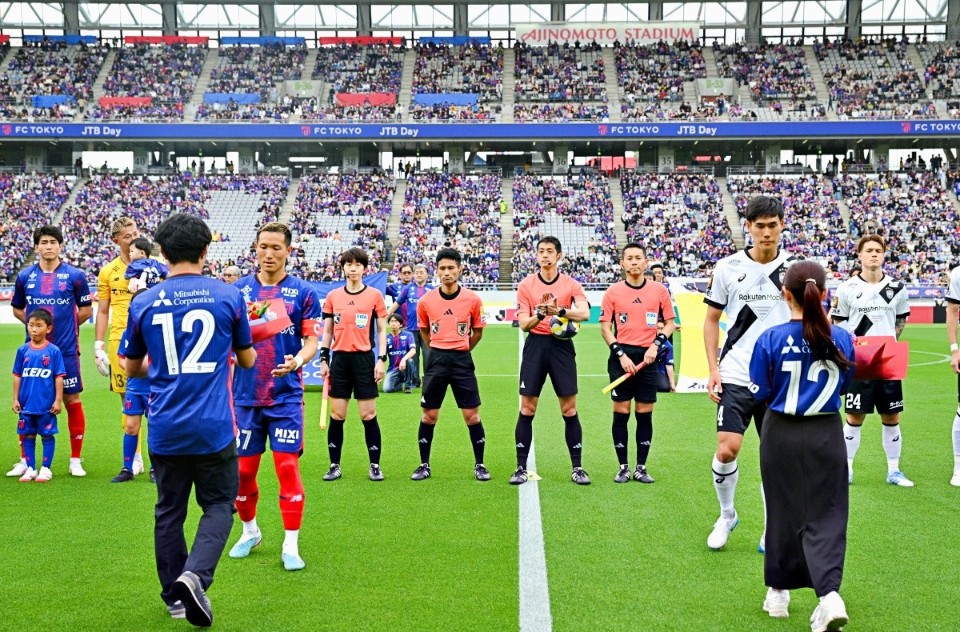

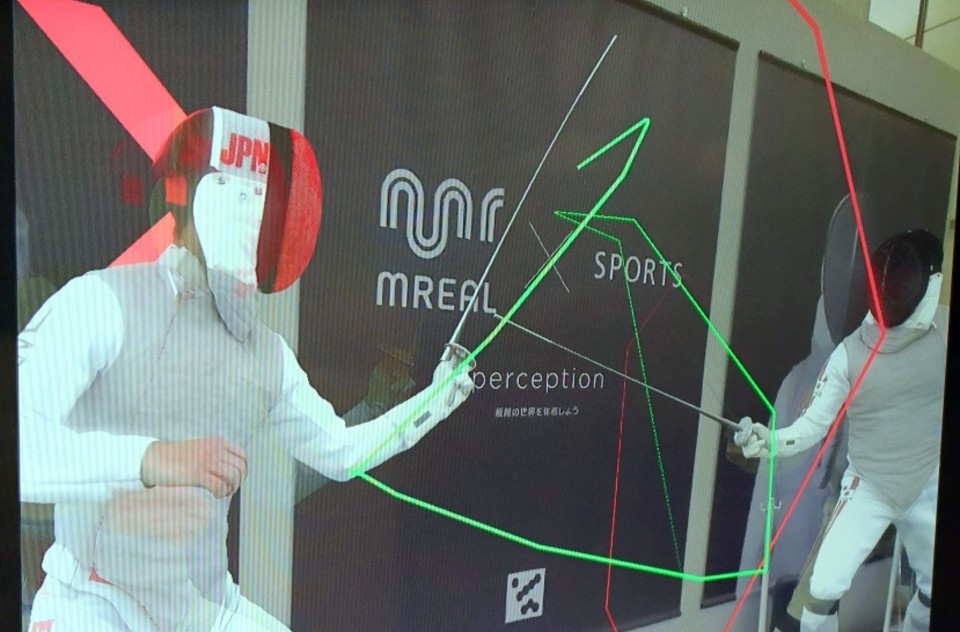
Comments